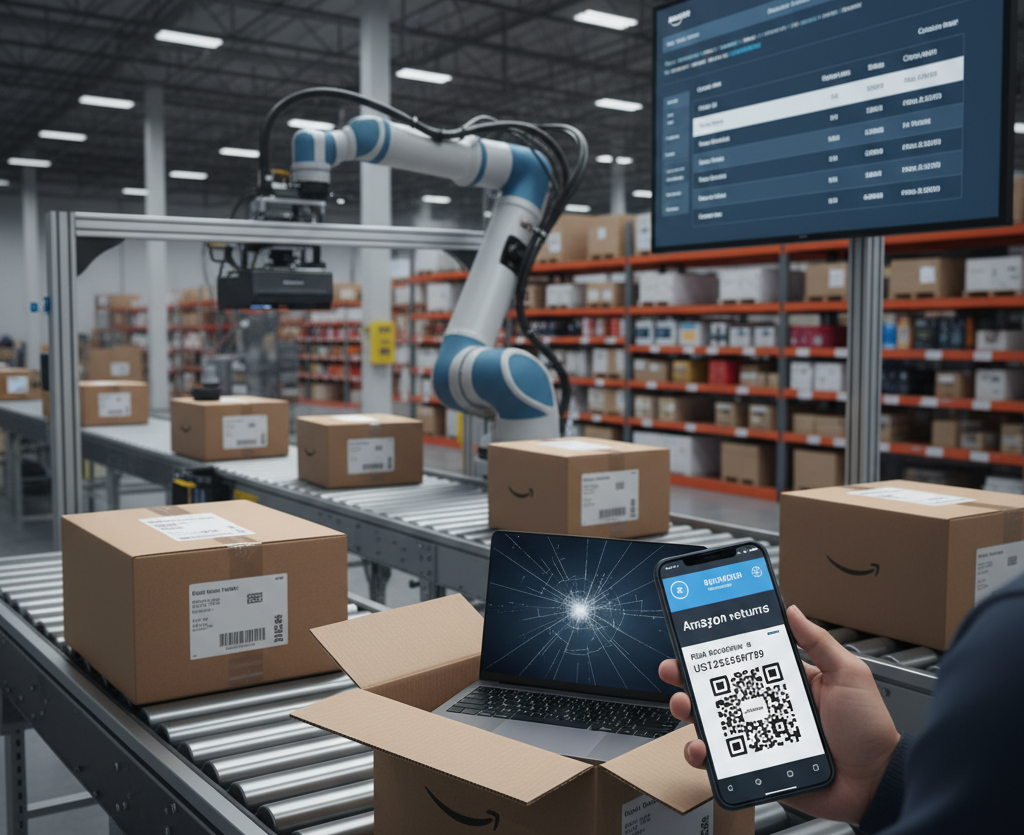
Return Material Authorization (RMA)
A Key Process in Managing Product Returns and Customer Satisfaction
By Destiny Dickerson
The return material authorization (RMA) is an essential process in modern supply chain and customer service operations. It serves as a formal mechanism that authorizes the return of a product to the manufacturer or supplier. An RMA is typically tied to a financial order or work order tracking key, ensuring that the return is recorded and processed accurately within a company’s system. This process not only helps the business maintain control over inventory but also reassures the customer that their request for a return or refund is being handled in a systematic manner.
At its core, the RMA is used when a customer needs to send back a product for various reasons. The most common circumstances include receiving damaged goods, receiving the wrong product, or simply deciding that the item is no longer wanted. For instance, if a customer purchases a laptop that arrives with a cracked screen, the company will issue an RMA number. The customer then uses this number to ship the defective product back. Once the return is verified, the company processes either a replacement or a refund. Similarly, a customer who mistakenly orders a size medium jacket instead of a large would initiate an RMA so the manufacturer can track the return and send the correct size.
The importance of an RMA lies in its ability to standardize returns and prevent confusion. Without this structured approach, companies risk losing track of items, issuing incorrect refunds, or facing disputes with customers. The RMA acts as a bridge between financial accountability and customer satisfaction. For example, in industries like electronics or medical devices, where products can be highly sensitive and expensive, having a reliable RMA system is crucial. It ensures that defective items are identified, returned, and replaced promptly while also providing the manufacturer with valuable data on product defects or customer dissatisfaction.
Another key advantage of the RMA process is transparency. Both the customer and the manufacturer can trace the progress of the return using the assigned tracking key. This not only improves trust but also streamlines communication. Instead of lengthy explanations, a customer can simply reference their RMA number when speaking with customer service, allowing for faster resolutions.
In practice, RMA systems are supported by software platforms that automate much of the work. Companies like Dell, Apple, and Amazon use sophisticated return management systems to ensure that returns are handled efficiently. For example, Amazon’s RMA process allows customers to print return labels directly from their accounts, attach them to the package, and track the status of the refund or replacement through their order history. This level of convenience highlights the integral role RMA systems play in the e-commerce industry.
Overall, the return material authorization is far more than a technical formality; it is a vital process that balances customer expectations with a company’s operational needs. By providing a structured and transparent way to handle returns, businesses protect themselves financially while also fostering stronger customer relationships. Whether it is a damaged phone, a mis-sized jacket, or a simple change of mind, the RMA ensures that both parties have a transparent and fair resolution.
Sources:
- Amazon Help. “Return a Package.” Amazon. https://www.amazon.com/gp/help/customer/display.html
- Dell Technologies. “Returns and Exchanges.” Dell. https://www.dell.com/support/orders/returns
- Apple Support. “Returns & Refunds.” Apple. https://www.apple.com/shop/help/returns_refund
- Rogers, D. S., & Tibben-Lembke, R. S. (1999). Going Backwards: Reverse Logistics Trends and Practices. Reverse Logistics Executive Council. https://www.rlec.org/gobackwards.htm
- Chopra, S., & Meindl, P. (2016). Supply Chain Management: Strategy, Planning, and Operation. Pearson. https://www.pearson.com/en-us/subject-catalog/p/supply-chain-management-strategy-planning-and-operation/P200000003368